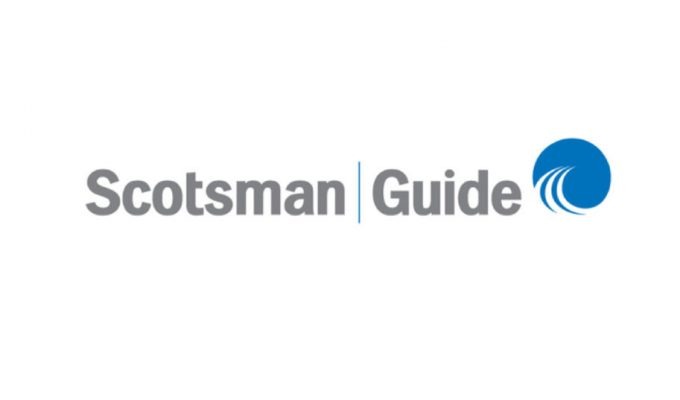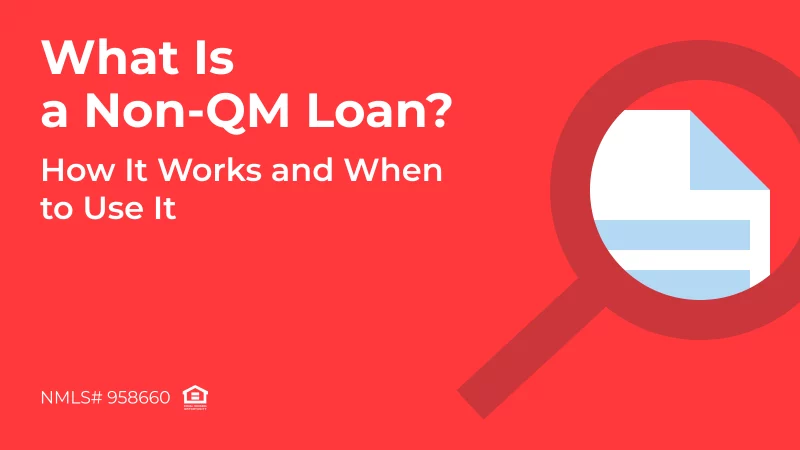
If thoroughly reviewed, nonqualified mortgages remain relatively risk-free
Before the coronavirus pandemic, the housing market offered plenty of reasons for optimism. The U.S. unemployment rate and mortgage rates were at historic lows. Consumer confidence was strong. The National Association of Realtors and the Mortgage Bankers Association projected continued growth in home sales and origination volumes.
Yet the picture was far from perfect. Lending requirements for government-insured and conforming loans have remained relatively strict since the Great Recession. Rising home prices were making home ownership more difficult, especially for younger buyers. With next year’s expiration of the qualified mortgage patch, there’s uncertainty about whether the government sponsored enterprises (GSEs) will allow higher debt-to-income ratios for conforming loans.
These obstacles aren’t helping the growing number of potential homebuyers who may have excellent income and good financial habits, yet do not fit the profile of the average mortgage borrower. Thankfully, nonqualified mortgages (non-QM) have helped fill this gap. These loans do not conform to the standards set by the Consumer Financial Protection Bureau, but they are a valuable option for both borrowers and originators. Underwriting non-QM loans isn’t the same as underwriting other types of mortgages. For the non-QM market to continue to grow, sound underwriting will be key.
Continue reading here
Source: Scotsman Guide


